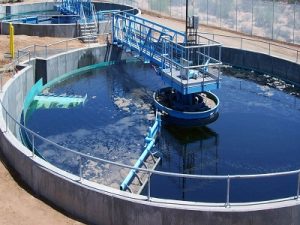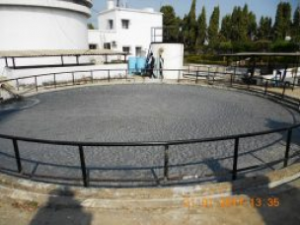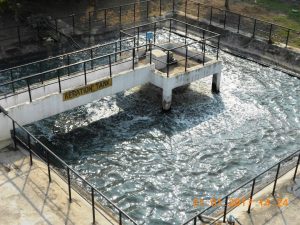With Hurricane Florence ripping apart the East Coast of the United States, it’s easy to forget that climate experts are wrapping up the weeklong Global Climate Action Summit (GCAS) in San Francisco.
But scientists at Stony Brook University’s Climate Extremes Modeling Group (CEM), the Lawrence Berkeley National Laboratory, and the National Center for Atmospheric Research have directly linked the summit to the storm by publishing a controversial analysis saying that climate change will increase Florence’s heavy rains by 50 percent and widen the storm by 80 kilometers while making it last longer and hit harder.
The forecast was created by climatologist Kevin Reed and Ph.D student Alyssa Stansfield, along with colleague Michael Wehner of Lawrence Berkeley National Laboratory and Colin Zarzycki of the National Center for Atmospheric Research (NCAR) in Boulder, and it’s the first time scientists have published attribution estimates while a storm is still unfolding.
It’s also kicking up a storm among tropical meteorologists because this team of climate researchers reached its conclusions using a climate model in near real-time (instead of a weather forecasting model) to quantify how much human induced climate change is altering Florence’s impacts. They simulated Florence developing in the existing “real-world” weather and ocean patterns and in a “world without climate change” — a very different approach than a hurricane forecaster would take.
While the exact numbers will always be subject to debate, climate scientists universally agree that climate change is making storms like Florence more intense and dangerous. Indeed, some scientists argue that the climate has changed so much that the entire system may be shifting phases the way water does when it melts from ice or boils off into steam, leading to a “new normal” that leaves old models obsolete.
Fortunately, we can still reverse climate change by both slashing industrial emissions and better managing our forests, farms, and fields. Indeed, a paper published last year in the Proceedings of the National Academies of the Sciences showed that natural climate solutions can get us 37 percent of the way to meeting the Paris Agreement targets, sometimes at a cost of just $10 per ton, and sometimes at no cost at all.
These solutions range from activities like employing sustainable forest management to applying fertilizer more efficiently, which reduces the release of the gas nitrous oxide and increases farm yields. At GCAS, natural climate solutions were dubbed the “Forgotten Solution”, because they draw just 3 percent of climate finance and garner just 1 percent of climate press coverage.
Fortunately, several initiatives that launched at GCAS are designed to deal with this.
Walmart and Unilever, for example, pledged to help the Malaysian state of Saba develop deforestation-free agricultural supply chains, while a global network of states, provinces, and indigenous communities agreed on principles for helping indigenous people manage their land in traditional – and sustainable – ways.
In the week ahead, we’ll be diving into these and other stories from GCAS in the lead up to Climate Week, which runs from September 24-30 in New York and sets up year-end climate talks in Katowice, Poland.
image & content source: https://www.forest-trends.org/ecosystem_marketplace/as-san-fran-summit-ends-scientists-say-global-warming-will-make-florence-50-percent-worse/

Water Treatment Chemicals
Water Treatment Chemicals Water treatment solutions from the professionals –...
Read More



